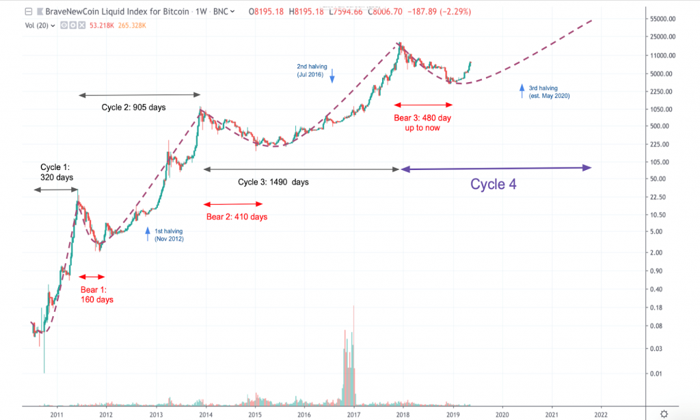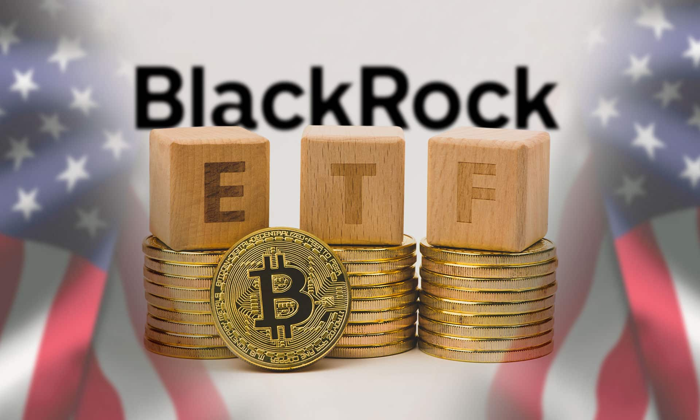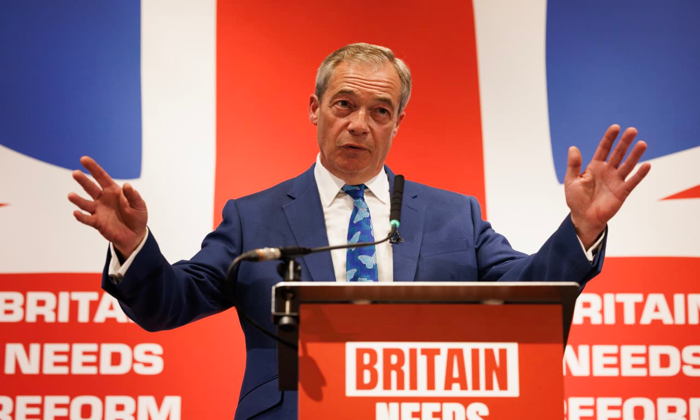Bitcoin Rally Stagflation has become a hot topic as Federal Reserve Chairman Jerome Powell recently expressed grave concerns regarding the impact of President Trump’s tariffs on the economy. In his latest speech, Powell indicated that we could be facing a challenging economic environment where inflation remains high yet growth stagnates. As a direct consequence, the cryptocurrency market, particularly Bitcoin, faced a noticeable price drop following his remarks, underscoring the volatility often seen in this asset class. Analysts are speculating about how Fed interest rates will play a crucial role in shaping investor sentiment towards cryptocurrencies, especially as discussions around stablecoin regulation intensify. With Bitcoin’s price hovering around $83,700, the immediate outlook remains uncertain, making it essential for investors to stay informed on these developments.
In the current economic climate, marked by rising prices and slowing growth, discussions on the implications for digital currencies like Bitcoin are more relevant than ever. This scenario, often referred to as stagflation, presents unique challenges and opportunities for investors within the crypto sector. With regulatory changes on the horizon—especially relating to stablecoins—market dynamics are shifting rapidly. Furthermore, insights from financial authorities such as Jerome Powell highlight the potential repercussions of Fed interest rates on asset performance, including Bitcoin and other cryptocurrencies. Understanding how these factors interact is critical for anyone looking to navigate the complexities of today’s financial environment.
Jerome Powell’s Economic Insights on Bitcoin Rally
On April 16, 2025, Federal Reserve Chairman Jerome Powell delivered remarks that sent shockwaves through the cryptocurrency market, particularly impacting the Bitcoin rally. His characterization of the current economic landscape, marked by stagflation fears, raised alarms among investors. Powell explained how the ongoing tariff policies have significant economic implications, leading to concerns about higher inflation coupled with sluggish growth. This cautious outlook on the economy contrasts sharply with the recent excitement surrounding Bitcoin, as the asset struggled to breach the $86,000 threshold before experiencing a notable price drop.
The implications of Powell’s statements extend beyond mere market sentiment; they signal a potential shift in monetary policy which could have long-lasting effects on Bitcoin and other cryptocurrencies. With the Fed’s interest rates possibly remaining stable or even increasing, investors are left questioning the sustainability of the current Bitcoin rally. Analysts are noting that as Powell suggests a challenging interplay between the Fed’s goals, the cryptocurrency market may continue to face uncertainties, especially in light of heightened regulatory discussions around stablecoins.
Impact of Stagflation on the Cryptocurrency Market
Stagflation presents a unique challenge for investors, particularly in the cryptocurrency landscape where volatility is commonplace. As Powell articulated concerns regarding the intertwining of inflation and economic stagnation, these factors can erode investor confidence. When inflation rises, purchasing power diminishes, which can lead to decreased spending in speculative assets like Bitcoin. Consequently, this raises questions about the resilience of Bitcoin during periods of economic downturn, with many investors reevaluating their positions in light of potential regulatory changes, particularly concerning stablecoin regulations.
Moreover, the Fed’s indications about maintaining stable interest rates can lead to caution among cryptocurrency investors. The relationship between Fed policy and the cryptocurrency market is complex; while some may see potential in Bitcoins as a hedge against inflation, the immediate fallout from Powell’s statements may create a more conservative approach to asset allocation. Higher interest rates often discourage borrowing and spending, further impacting the liquidity that fuels crypto asset rallies. As the market digests Powell’s hawkish tone, investors may need to brace for potential headwinds moving forward.
Regulatory Landscape for Stablecoins and Cryptocurrencies
As Federal Reserve Chair Jerome Powell noted, the importance of establishing a solid regulatory framework for stablecoins has never been more apparent. With cryptocurrencies becoming more mainstream, the regulatory environment is evolving quickly, putting pressure on lawmakers to act. The recent move by the U.S. Senate Banking Committee to advance legislation regulating stablecoins signifies a pivotal moment for the cryptocurrency market. Such regulations could ensure greater stability, but they may also usher in new challenges as the market adjust to compliance and legal challenges.
The proposed regulation comes at a time when the cryptocurrency market is experiencing significant volatility. As Powell hinted, the time for relaxed banking regulations on cryptocurrencies may be approaching, a move that could improve the operational capabilities of stablecoin issuers. However, these developments could also introduce additional scrutiny, leading to increased operational costs and compliance burdens for businesses in the crypto space. As such, while the advancement of stablecoin regulation may bring a sense of legitimacy to the market, it will be crucial for stakeholders to navigate the implications carefully.
Bitcoin Price Dynamics Amid Fed Uncertainty
The fluctuations in Bitcoin’s price reflect the broader uncertainties stemming from Jerome Powell’s latest economic outlook. Following his remarks, Bitcoin experienced a notable decline of approximately 2.5%, underscoring how sensitive the crypto market is to shifts in monetary policy sentiment. The interplay between Powell’s hawkish stance and the Bitcoin price dynamics illustrates the asset’s reliance on macroeconomic indicators. With interest rates remaining uncertain, traders are likely to adopt a more cautious approach to their investments.
Moreover, the intricacies of Bitcoin’s relationship with Fed interest rates exhibit the challenges that cryptocurrency enthusiasts face. While Bitcoin has been touted as a store of value, similar to gold, its volatility often dissuades traditional investors from viewing it as a stable hedge. Thus, even as Powell attempts to maintain an orderly market amid increasing inflationary pressures, Bitcoin may continue to see wild price oscillations that deter long-term institutional investment. Therefore, understanding the connection between Fed policies and Bitcoin price movements is essential for strategizing investment approaches.”}]},{
Frequently Asked Questions
What impact did Fed Chair Jerome Powell’s remarks have on the Bitcoin rally amid stagflation fears?
Jerome Powell’s recent warning regarding the economic implications of President Trump’s tariffs significantly impacted the Bitcoin rally. Following his speech about stagflation risks, Bitcoin experienced a notable price drop of approximately 2.5%. This reflects investor concerns regarding potential economic slowdowns and rising inflation, which may adversely affect the cryptocurrency market.
How does stagflation affect the cryptocurrency market and Bitcoin prices?
Stagflation, characterized by stagnant economic growth and high inflation, creates uncertainty in the financial markets, including the cryptocurrency market. As seen when Fed Chair Powell raised stagflation concerns, Bitcoin prices can fluctuate dramatically in response to economic indicators. Investors may pull back from risk assets, pushing Bitcoin prices lower during stagflationary periods.
What did Jerome Powell say about stablecoin regulation in the context of Bitcoin and stagflation?
Jerome Powell indicated that a regulatory framework for stablecoins is essential as cryptocurrencies become more mainstream. He mentioned that existing banking regulations around crypto could be partially relaxed. Such regulatory developments could influence the cryptocurrency market, affecting the stability and adoption of Bitcoin amidst concerns over stagflation.
Can Bitcoin serve as a hedge against stagflation, especially in light of Fed interest rate policies?
Historically, Bitcoin has been viewed as a potential hedge against inflation due to its limited supply. However, during stagflation, high inflation coupled with stagnant growth, the effectiveness of Bitcoin as a hedge may be challenged. As Fed interest rates remain uncertain amidst stagflation fears, Bitcoin’s performance could be impacted significantly.
What long-term effects could Jerome Powell’s hawkish stance have on Bitcoin amid stagflation?
Jerome Powell’s hawkish stance, suggesting no imminent rate cuts, could create a challenging environment for Bitcoin. Higher interest rates typically reduce liquidity in the market, which may lead to downward pressure on Bitcoin prices. The implications of stagflation could further exacerbate this scenario, making it crucial for investors to assess their strategies in the cryptocurrency market.
| Key Points | Details |
|---|---|
| Fed Chair Powell’s Remarks | Powell highlighted concerns over Trump’s tariffs impacting the economy, causing inflation and slower growth. |
| Bitcoin Market Reaction | In response to Powell’s warnings, Bitcoin fell approximately 2.5%, trading at $83,700. |
| Hawkish Stance on Interest Rates | A May rate cut is unlikely; investors should reassess expectations for future cuts. |
| Impact on Stock Market | U.S. stocks also dropped, with the Nasdaq losing 3.4% following Powell’s comments. |
| Need for Crypto Regulation | Powell mentioned ongoing efforts to create stablecoin regulations, indicating a more structured approach to cryptocurrency. |
Summary
The recent Bitcoin Rally Stagflation has been significantly influenced by Fed Chair Powell’s concerns regarding inflation and slow economic growth caused by tariff policies. Investors are now faced with a challenging environment where cryptocurrencies may struggle amidst rising inflation fears and an uncertain interest rate outlook. With Powell’s hawkish stance making rate cuts less likely, it’s crucial for crypto investors to stay informed about potential regulatory changes and market dynamics that could impact the future of Bitcoin and other cryptocurrencies.
In the midst of rising concerns about stagflation, the recent Bitcoin rally faces significant challenges as Fed Chairman Jerome Powell raises alarms over the impact of economic policies and inflation. With fluctuating market dynamics, the cryptocurrency market finds itself at a critical juncture, as investors weigh the implications of heightened Fed interest rates. The immediate response to Powell’s remarks led to a notable Bitcoin price drop, with BTC slipping to $83,700. As chatter grows around regulatory measures on stablecoins, the future of digital currencies hangs in a precarious balance. Understanding the intricate relationship between economic indicators, Powell’s statements, and Bitcoin’s trajectory is essential for those keen on navigating this volatile landscape.
The narrative surrounding the recent surge in Bitcoin’s value is now overshadowed by fears of economic stagnation and inflation, often referred to in financial circles as stagflation. This dual threat has captured the attention of both seasoned investors and newcomers in the cryptocurrency arena as they script their financial futures. Amidst the backdrop of soaring inflation rates and the Federal Reserve’s tightening monetary policy, the once-promising cryptocurrency market faces hurdles that could stifle its growth. As discussions intensify about interest rate adjustments and regulatory frameworks for stablecoins, the dialogue shifts towards understanding how these factors might influence Bitcoin’s long-term viability. As we delve deeper into the intersecting world of cryptocurrencies and macroeconomic trends, the stakes couldn’t be higher.















